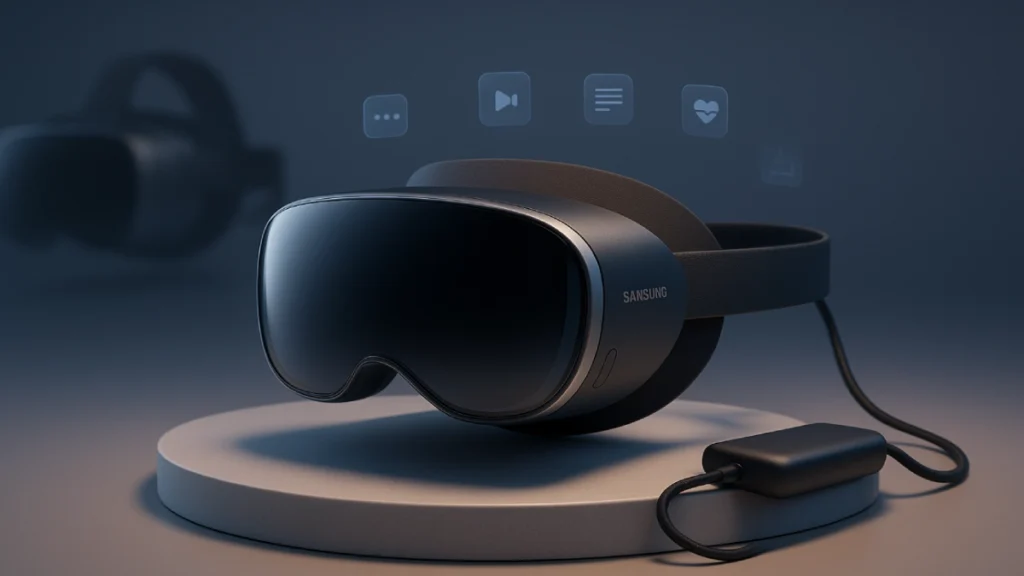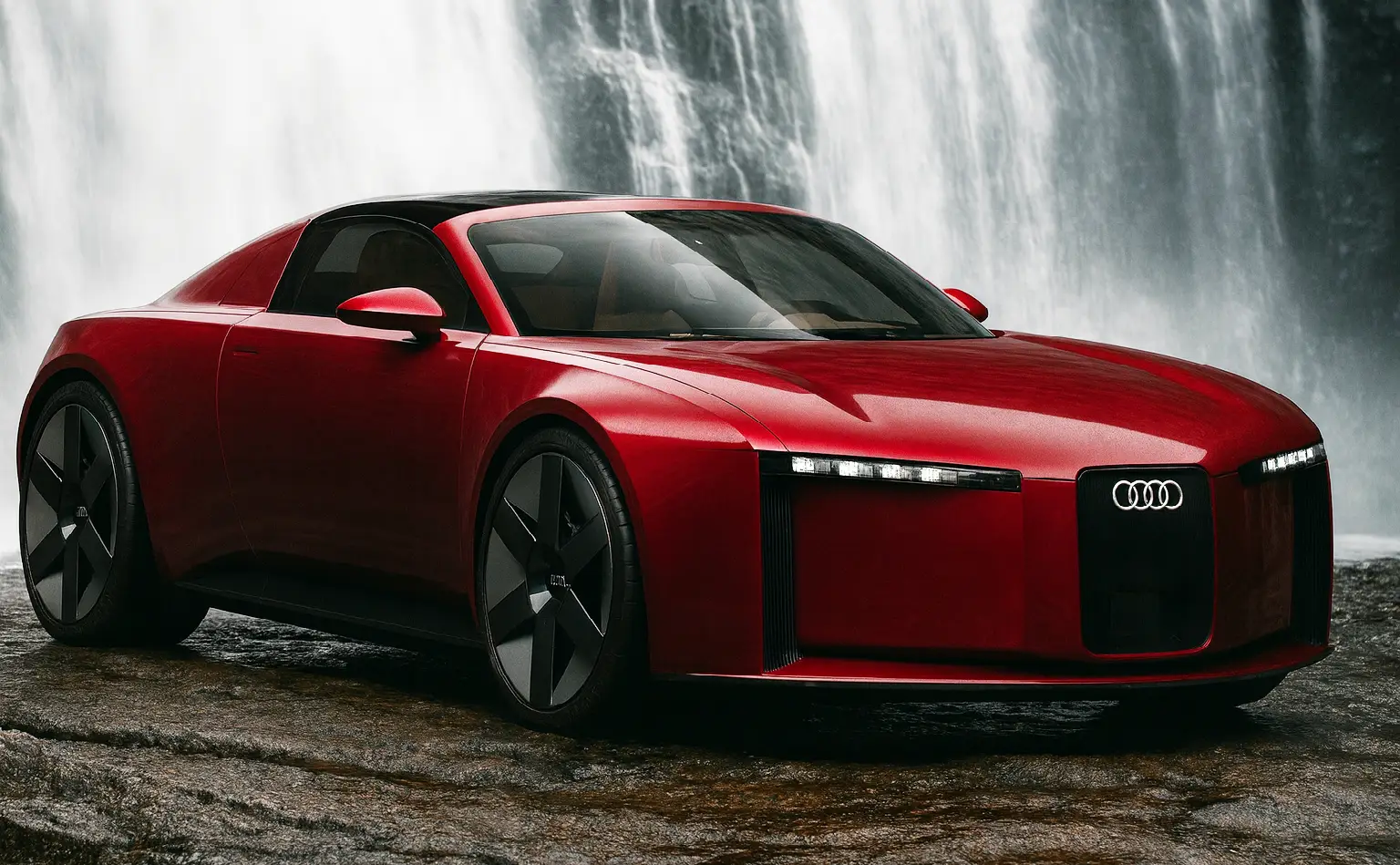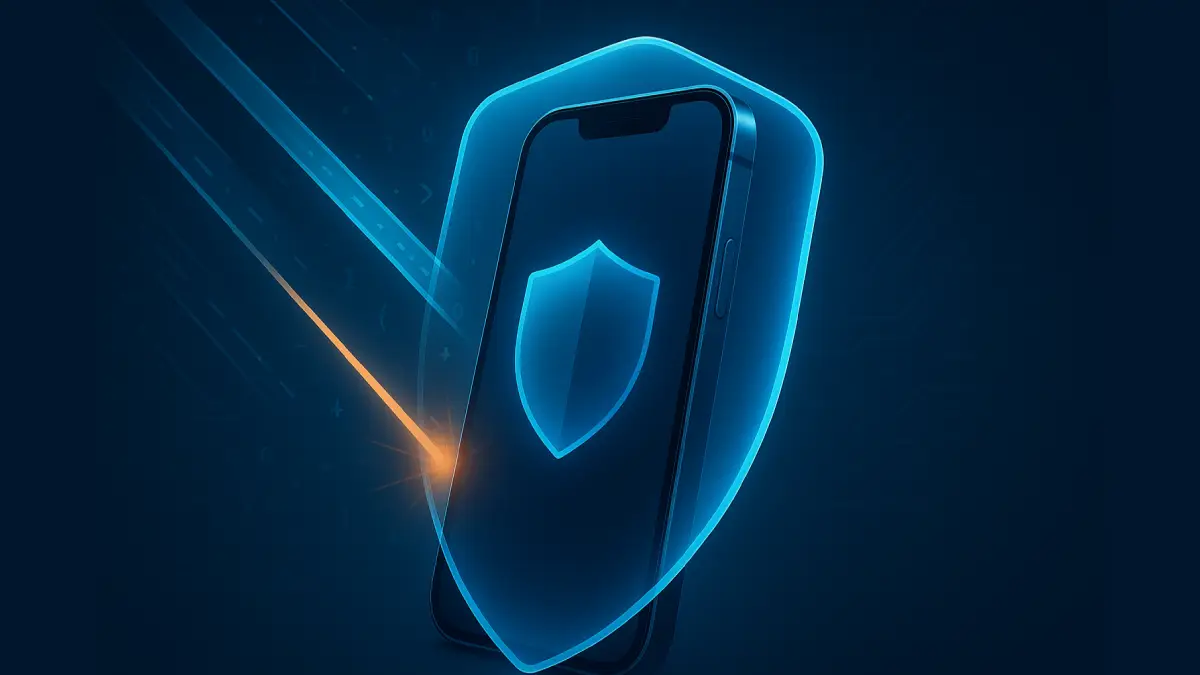Samsung’s Android XR headset is rumored to debut next month at a lower price than Apple’s Vision Pro, but cheaper hardware won’t make spatial computing a habit by itself. To avoid repeating a hype-then-stall cycle, the launch must focus on sticky daily use cases, comfort that disappears on the face, and a coherent Android XR software layer that makes a Galaxy life feel bigger, not weirder.

The price trap
Lowering the sticker price from ultra-premium to merely premium widens the top of the funnel, but it does not solve the “why today?” question. Vision Pro showed that breathtaking demos don’t automatically convert into daily rituals; without must-have apps and workflows, a lower price only shortens the demo line, not the path to retention.
Timing is a wedge, not a moat
A near-term launch can capture momentum while interest in spatial computing is still high, but shipping early only helps if the device lands with ready-to-love software. A reveal without rich day-one use cases risks feeling like a rerun of demo reels that don’t survive week two.
Hardware won’t save an empty home screen
Top-tier silicon, micro‑OLED clarity, eye/hand tracking, and an external battery for better balance are the right ingredients, but the meal is the software. Consumers don’t buy chipsets; they buy outcomes—clearer calls, faster tasks, better photos and memories, fitness wins, and collaboration that beats a laptop.
The Android XR advantage—if it’s real
Samsung’s edge is the potential of Android XR co-developed with Google: native Play ecosystem hooks, Gemini-powered assistance, and deep Galaxy integration. If the phone becomes the capture, control, and continuity anchor—spatial media in, notifications and messaging tuned for glanceable presence out—XR can feel like an extension of a life already lived in Android, not a separate island.
Learn from Vision Pro’s stumbles
Spectacle is not the same as stickiness. The category needs high-frequency loops: messaging with presence, fitness with form feedback, spatial notes that sync everywhere, personal theaters that launch in seconds, and camera-first family media that delights without friction. “Floating giant screens” and “wow” environments won’t carry month three.
Price signals strategy—what should Samsung signal?
- Make phone + headset a super-device: one-tap pairing, zero-lag spatial second-screen for Galaxy PCs, continuity for calls and messages, and a control surface that feels obvious.
- Ship creator-grade spatial media: a turnkey pipeline from Galaxy camera capture (photos/video in 3D) to shareable formats people actually use—and graceful playback on non-headset devices.
- Nail comfort and fit: balanced weight via external battery, great thermals, easy prescription options, and fit kits at checkout so setup feels finished on day one.
The quiet constraint: content economics
Big native XR titles are expensive for a small install base, so the platform should prioritize incremental evolution: Android apps with spatial extensions, cloud-assisted heavy workloads, and superb passthrough that upgrades everyday phone tasks. If developers can reach XR users with modest effort, the ecosystem can fill out faster than a “from-scratch XR” model.
The contrarian bet
The prevailing thesis says “premium XR needs a lower price”; the counter-thesis says “premium XR needs a reason.” Undercutting Vision Pro is necessary, but the win is making XR feel less like a headset and more like a natural extension of a Galaxy life—useful within ten seconds, delightful within a minute, and habit-forming within a week.




